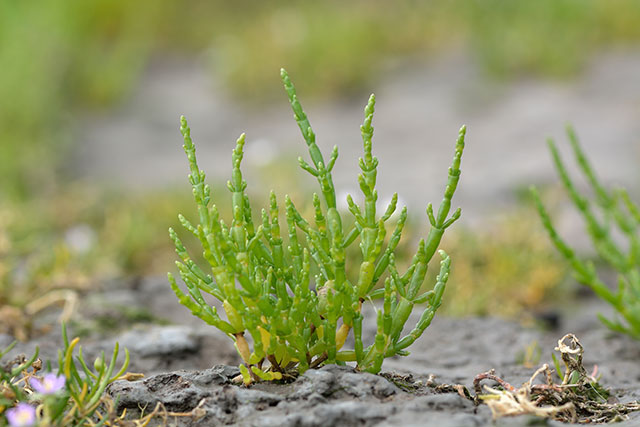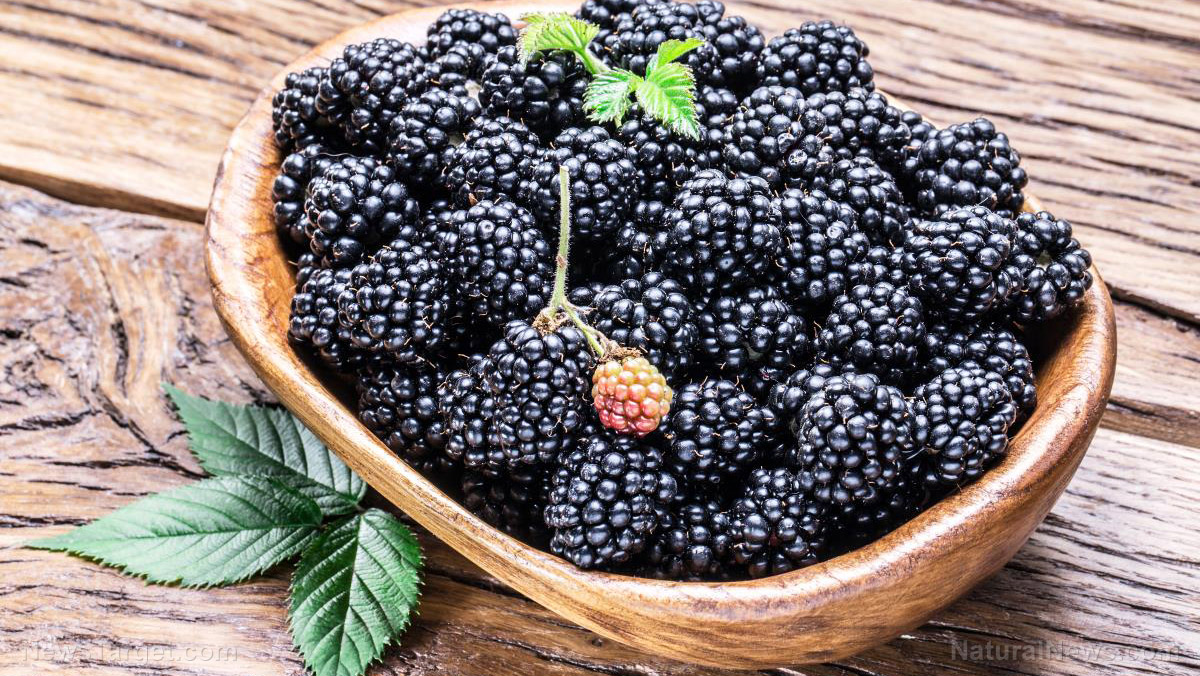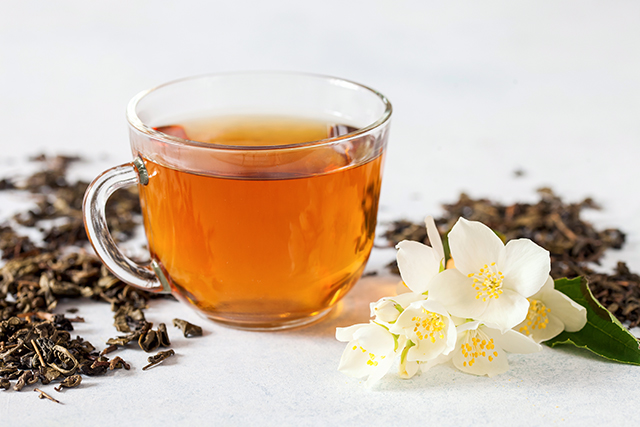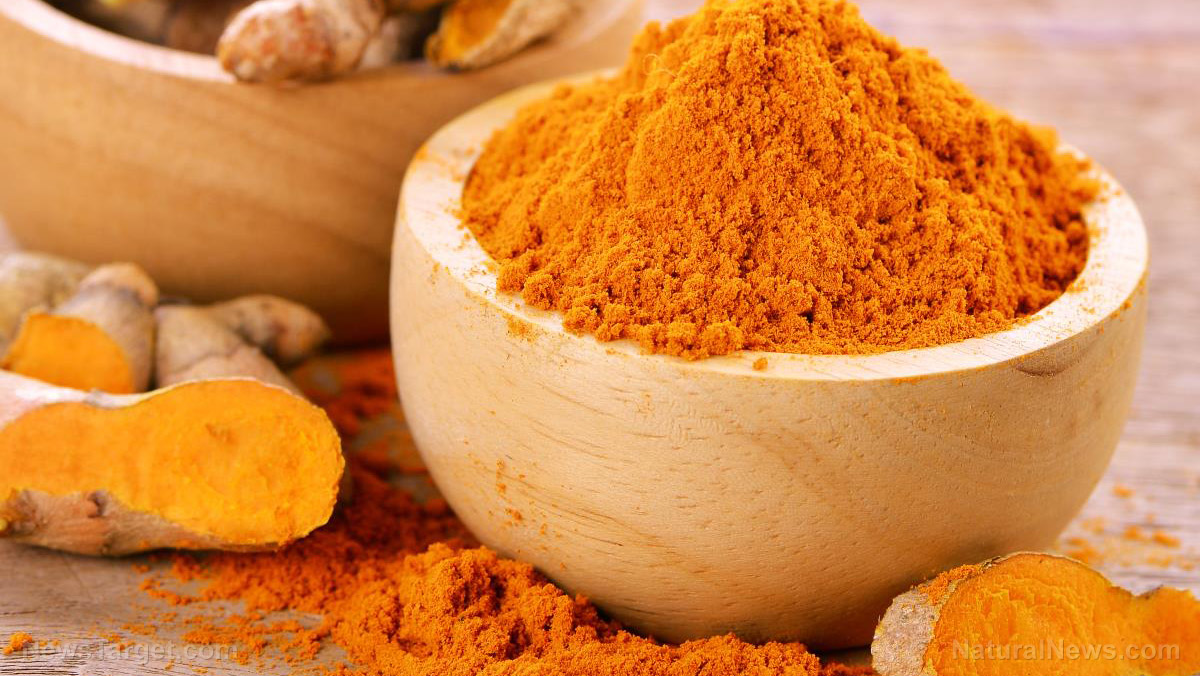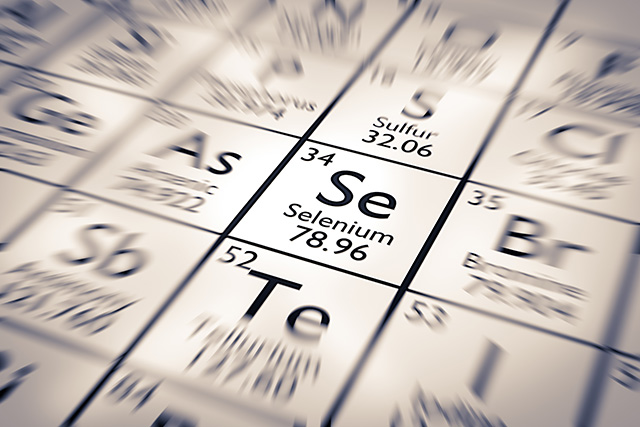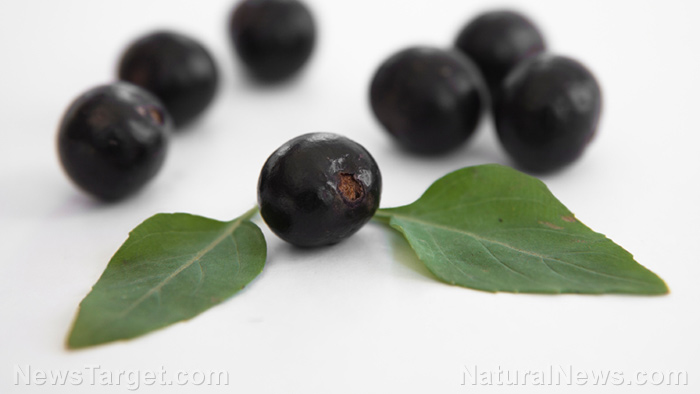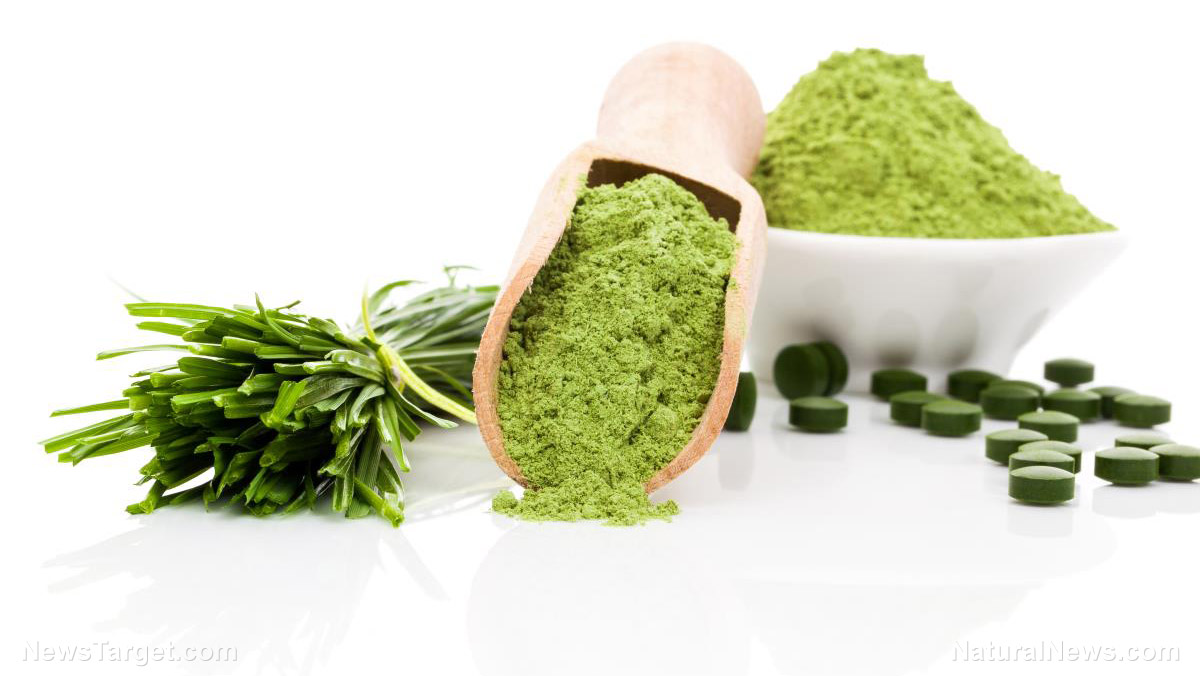Garlic the master medicine: Scientists find a compound in the herb that can destroy resistant bacteria
11/15/2018 / By Isabelle Z.

Some say garlic elevates savory dishes, while others avoid it like the plague. However, if you tend to shy away from eating garlic, you might want to think twice as studies show it works remarkably well at killing resistant bacteria and fighting chronic infections.
Closely related to vegetables with pronounced flavors like onions, chives, shallots and leeks, garlic has been used in cuisines around the world for thousands of years. While it’s full of nutrients like iron, magnesium, selenium and zinc, it is perhaps best known for its medicinal purposes.
Researchers from the University of Copenhagen carried out a study that showed a compound in garlic can destroy the important components of bacteria’s communication systems involving regulatory RNA molecules. This can also have the effect of helping antibiotics work again in difficult cases where it once failed to make an impact.
In addition to stopping DNA molecules in the bacteria, the garlic compound can also destroy the protective slimy matrix that surrounds the bacteria known as biofilm. Once the biofilm has been weakened or destroyed, the body’s own immune system and antibiotics can attack the bacteria more directly and get rid of the infection with ease.
The researchers say that they believe their garlic drug could help treat patients whose outlook is otherwise poor. A biotech firm is developing the compound for use against bacterial infections, and human clinical trials are expected to be carried out soon.
The group has been studying garlic’s effect on bacteria since 2005, when they learned that garlic extract can inhibit bacteria. In 2012, they found that it’s a sulfurous compound in garlic known as ajoene that is responsible for this effect. The new study, which is published in the Nature Scientific Reports, explores the ability of ajoene to destroy this bacteria in depth.
They looked at Staphylococcus aureus and Pseudomonas aeruginosa, which are two very different types of bacteria that generally must be fought using different methods. The fact that the garlic compound can address them both at the same time is extremely promising.
Don’t shy away from garlic
As aggressive multi-resistant infections continue to challenge medical professionals around the world and put patients’ health at risk, this natural treatment could prove quite useful. While the researchers emphasize that garlic contains such a small amount of ajoene that people would need to consume mass quantities of it to get the benefits, there are still plenty of reasons to start using more of it in your own kitchen.
For example, it can boost heart health, regulating cholesterol levels and preventing blood clots from forming. Its antiseptic properties make it useful in treating infected wounds, ear aches, and other infections, and raw garlic can also be used to address colds and coughs.
Although it has a strong flavor that sticks with you long after you’ve eaten it, it can actually help digestion quite a bit by supporting intestinal function, reducing gastric canal swelling. By killing damaging bacteria in the intestines, it can help ease diarrhea, colitis and even dysentery. It has also been linked to preventing cancers like those of the esophagus, stomach and colon, in addition to inhibiting the growth of breast tumors.
You can add garlic to nearly any savory dish, whether you use it to marinate meats or add it to salads, soups, or sauces. It’s particularly enjoyable roasted in the oven until soft, but if you don’t enjoy its flavor, you can get garlic in capsule form so you don’t miss out on the benefits.
Read more stories about natural antibiotics at NaturalAntibiotics.news.
Sources for this article include:
Tagged Under: ajoene, antibacterial compounds, bacteria, biofilm, garlic, grocery cures, Herbs, natural antibiotics, natural medicine, natural remedies, prevent disease, resistant bacteria, superbugs


